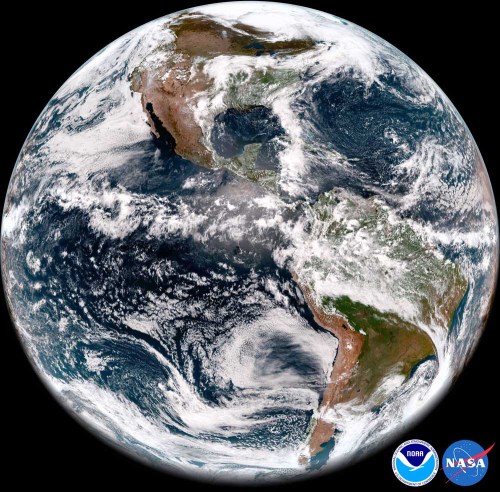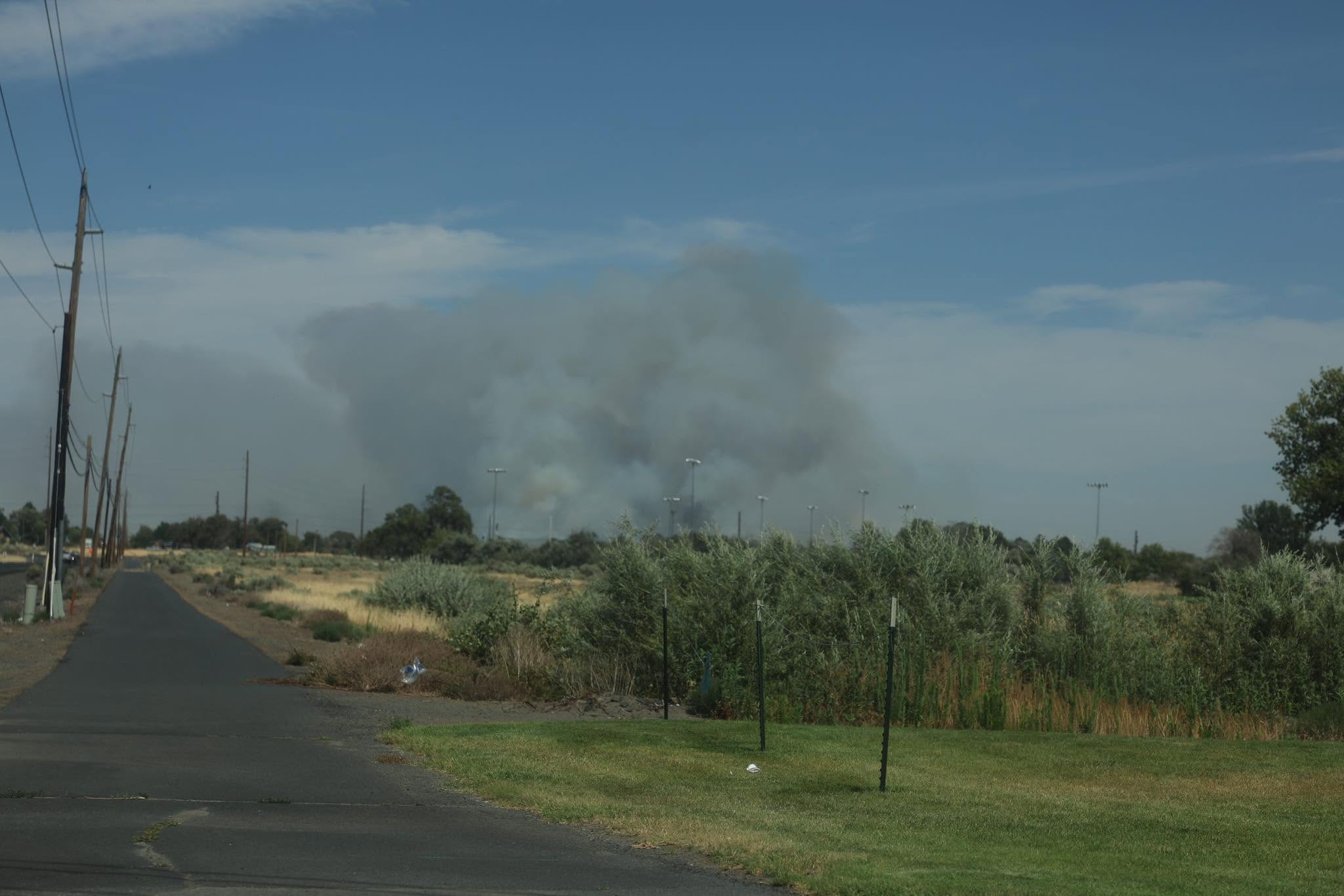As El Nino fades, winter forecast a ‘crap shoot’
Published 10:00 am Saturday, July 13, 2019

- A La Nina weather pattern is likely to cause a cold, wet winter, the National Oceanic and Atmospheric Administration reported Thursday, Aug. 12, 2021.
The Pacific Ocean along the equator cooled in June and is expected to be at normal temperatures in a month or two, the National Oceanic and Atmospheric Administration reported Thursday.
The cooling and rapid demise of an El Niño system was unforeseen a month ago by NOAA’s Climate Prediction Center. The drop in sea-surface and subsurface temperatures leaves long-range weather forecasters with no strong clue about the months ahead.
“The bottom line is that it’s pretty close to a crap shoot for this fall and winter,” Washington State Climatologist Nick Bond said. “The deck isn’t stacked one way or the other.”
A weak El Niño formed in February. A month ago, NOAA said there was a 66% chance it would stay through the summer and a 50 to 55% chance it would last through the winter.
One forecasting model used by NOAA even predicted a moderate, rather than weak, El Niño in the coming winter. El Niño winters are generally warmer than usual in the Northwest, and less snowpack accumulates for use in summer irrigation.
In a turnabout, NOAA now says the odds favor neutral conditions, beginning next month and continuing through the winter. “Neutral means things are more up in the air,” NOAA climate scientist Michelle L’Heureux said.
Last month’s outlook, a 50-50 chance that El Niño would stick around, reflected uncertainty about the course of atmospheric conditions. In the past month, the conditions fell in line with a weakening El Niño, according to NOAA.
“It was very difficult for us to predict what was going to happen,” L’Heureux said. “This situation now is not as opaque.”
In the mid-Pacific along the equator, the stretch that most influences seasonal forecasts, the sea-surface temperature cooled in June to 0.6 degrees Celsius above normal from 0.7 degrees Celsius above normal. The threshold for an El Niño is 0.5 degrees Celsius above normal.
Subsurface temperatures were above average at the beginning of June and returned to near average by the end of the month.
As El Niño fades, the chances of an La Niña forming rise, though it’s still a long shot. NOAA estimated the chance of a La Niña prevailing by December at 16%. Last month, the chance was only 6%.
La Niña, a cooling of the sea’s surface, generally means colder Northwest winters.
In the meantime, less precipitation continues to be seen in Washington. The U.S. Drought Monitor reported Thursday that 55% of the state is in severe or moderate drought, nearly unchanged from the week before.
Assistant State Climatologist Karin Bumbaco said more of Central Washington is drying out, but still not in a drought.
Recent rain in Western Washington stopped conditions from worsening, but did not pull the region out of drought.
“If you look at the long-term picture, the drought is not over,” she said.
Gov. Jay Inslee declared a drought emergency in about half the state in May. No area has been added to the declaration since then.
NOAA will release a new three-month outlook July 18. When neutral sea temperatures prevail, forecasters often base their predictions on recent climate trends.









